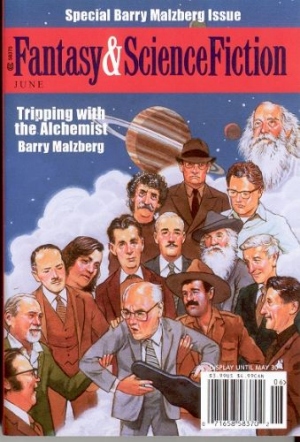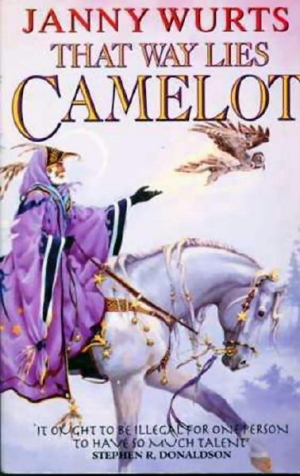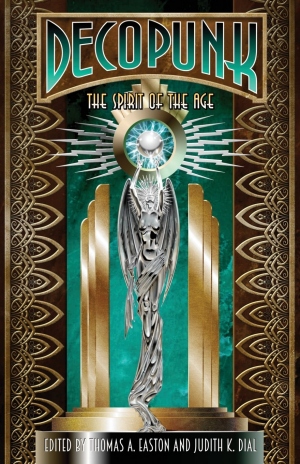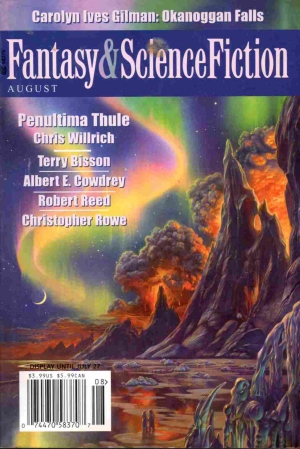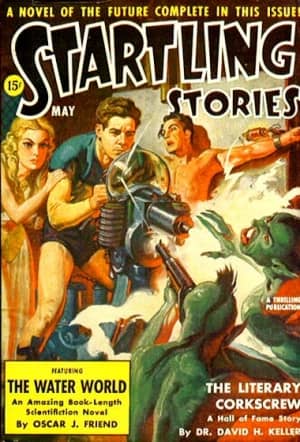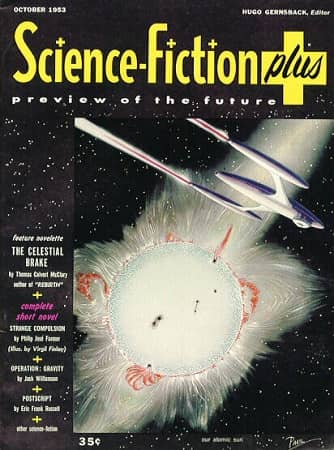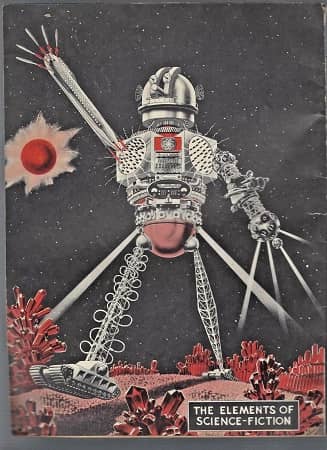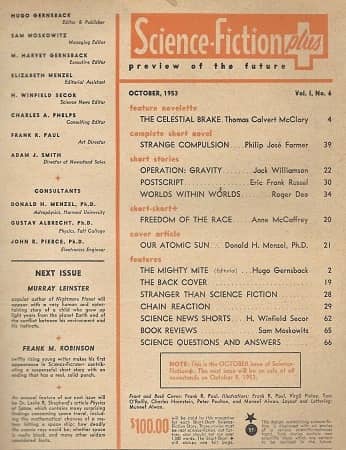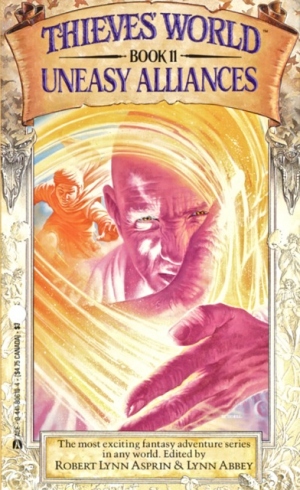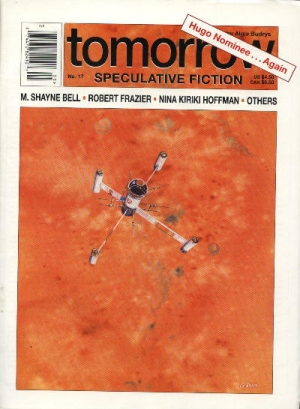Birthday Reviews: Josepha Sherman’s “River’s Friend”
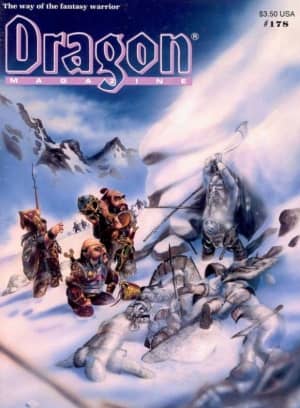
Josepha Sherman was born on December 12, 1946 and died on August 23, 2012.
Sherman’s debut novel The Shining Falcon won the Compton Crook Stephen Tall Memorial Award in 1990. Sherman collaborated with Mercedes Lackey, Laura Anne Gilman, Susan Shwartz,and Mike Resnick. She co-edited the non-fiction folklore collection Greasy Grimy Gopher Guts with Toni Weisskopf.
“River’s Friend” saw print in issue #178 of Dragon under editor Roger E. Moore and fiction editor Barbara G. Young in February 1992. As with so many of the stories which appeared in Dragon, this one was never reprinted.
Sherman sets her story in an alternative Russia during the reign of Vladimir the Great. Souchmant has the unique position at Vladimir’s court of a peasant who has managed, through the prince’s good graces, to become one of the bogatyrs. Souchmant knows that he is part of the nobility only at the sufferance of his lord. He also has a secret that, if found out, would force him from Vladimir’s court. Vladimir is known in this world for his distaste for anything that smells of the supernatural, the Other, and ever since he was a young boy, Souchmant has been in communication with the Other, specifically the spirit of the River Niedpra.
It isn’t his communication with the River Spirit that gets Souchmant in trouble with his lord, but rather his frustration at the lack of understanding the bogatyrs have about the way the common people live. Souchmant erupts complaining that they don’t know how to do anything useful or complete a task without violence. He offers that he can capture a live swan without the use of any weapons or even a net. Once the words are out of his mouth, Vladimir banishes him to complete the task.
Rather than do as he was instructed, Souchmant, with some help from the spirit of the Niedpra, saves the river from having a group of Tatars build a bridge over it, which would also serve to stanch its flow. Having defeated the Tatars with supernatural aid, Souchmant can’t admit what exactly he has done when he reports on the attempted Tatar invasion to Vladimir. Thrown in jail, he is eventually rescued by an unlikely ally.
